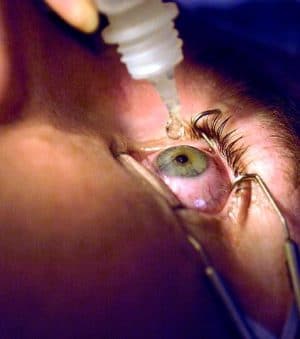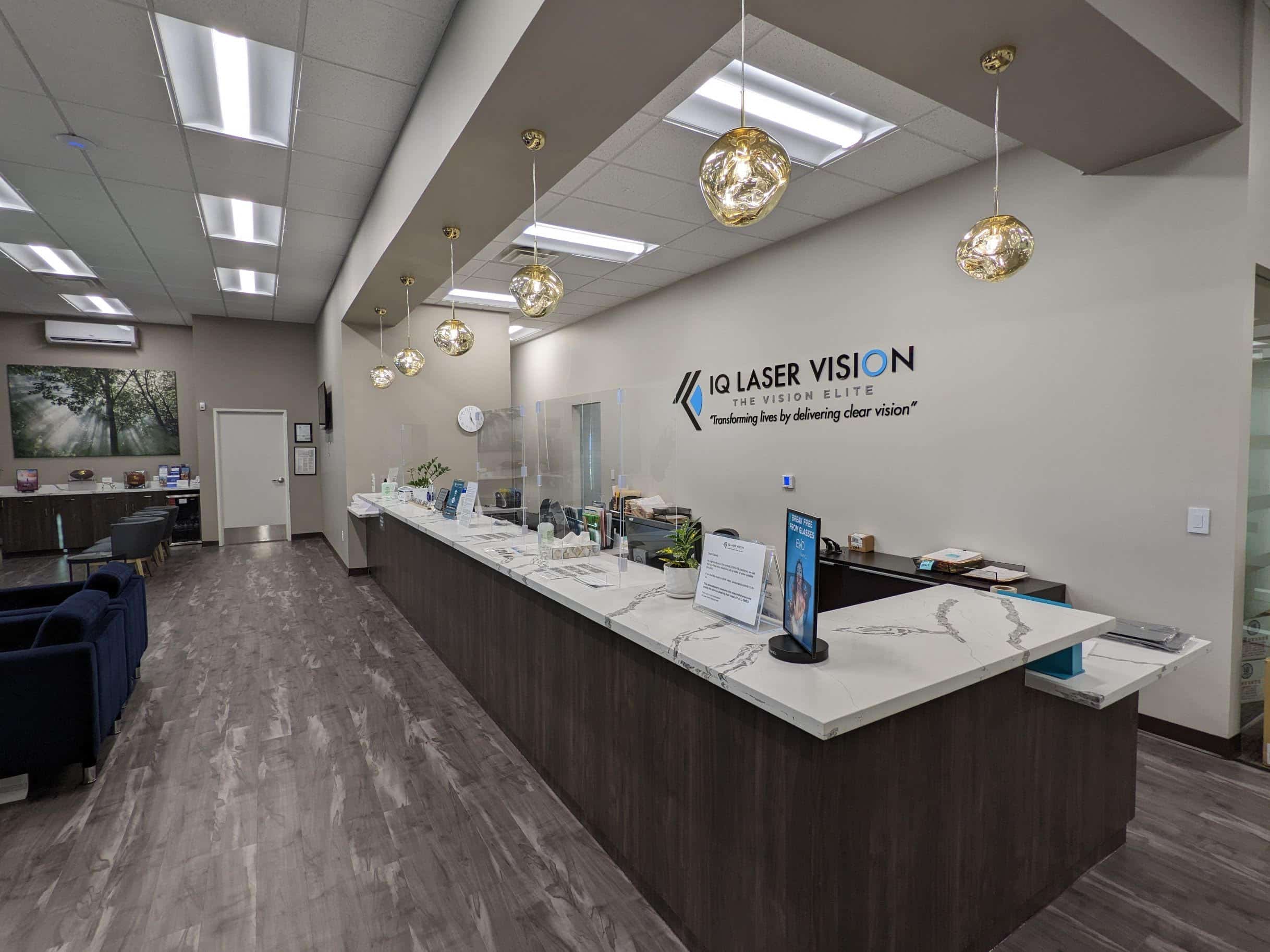It’s not uncommon to feel nervous about an upcoming vision correction surgery with a solution like LASEK. Having any kind of surgical procedure can be nerve wracking, particularly when you’re concerned that the procedure will have a lasting impact on your quality of life. The good news is that the results of LASEK are generally positive, and there is very little reason to be afraid.
Of course, to help reduce your fears about LASEK, one of the best things you can do is make sure that you understand the procedure and what to expect. For instance, it’s worth knowing that LASEK eye surgery is a variation of the PRK procedure for vision correction, intended to address issues like astigmatism, hyperopia and myopia.
Though LASIK is the most popular eye surgery, LASEK can be an ideal solution for people who aren’t suitable for LASIK. Here’s what you need to know about your impending eye treatment.
Relax and Learn More About LASEK
Sometimes, the biggest concern with a treatment like LASEK is the fear of the unexpected. Like many forms of laser eye surgery, LASEK works by reshaping the cornea. Using a laser which allows images entering the eye to refocus for better vision. Without the use of contact lenses or eyeglasses. The difference between how LASIK, PRK and LASEK are performed. It’s in the way that the surgeon will prep your eye for treatment.
In the case of LASIK, thin flaps are created in the surface of the eye. Known as the cornea using a laser tool. The surgeon folds back the flap to access the corneal tissue and reshape the structure of your eye. The flap can then fall back into place. And your eye will be able to start healing naturally without any need for stitches.
In PRK, the surgeon avoids creating a flap and simply removes the outer layer of the cornea completely. There’s no need to worry, because the layer grows back naturally on its own over time. You will be asked to wear a contact lens that has been specially designed to protect your eye. The process can take about five days.
LASEK is unique because it combines both PRK and LASIK to create the right strategy for correcting eye issues. In PRK the corneal layer known as the epithelium is removed from the underlying stromal layer of the eye. Instead of removing this layer in LASEK, the surgeon pushes a flap to the side of the cornea, where it can stay attached to the eye. When the laser treatment is completed, your surgeon will replace the epithelium. Like with PRK, you will be asked to wear a bandage contact lens.
Does LASEK Surgery Hurt?

Once you’ve learned how a surgeon will complete the LASEK procedure. You might be asking yourself whether the process will hurt. The good news is that there is nothing to worry about here. During the LASEK surgery, numbing drops will be applied to your eye. And your surgeon will make a small flap in the epithelium while you can’t feel a thing. Like with most forms of laser eye surgery. The chances are that the only sensation you will feel during the procedure is a small amount of pressure as the doctor removes a certain amount of corneal tissue from your eye.
Like LASIK, LASEK surgery is generally offered on a walk-in basis. You should be able to complete your procedure within about fifteen minutes. And your friend or family member will be able to pick you up and take you home afterwards. You shouldn’t feel any pain, your surgeon will probably give you a sedative to help you relax. And they may suggest that you need to rest for a while after the procedure.
After the LASEK procedure has taken place. You might begin to notice some slight discomfort when the numbing drops start to wear off. Importantly, the discomfort after LASEK is very small, and you shouldn’t feel any extreme distress or pain. During the recovery period, it’s important to follow the instructions given by your doctor. To make sure that you don’t have to go back in for additional treatment.
It’s crucial to keep the bandage contact lens that you’re given after the treatment on your eye for about four or five days while the surface of your cornea regenerates and heals. There’s a chance that your doctor will also prescribe additional substances like steroids and antibiotics to reduce your risk of infection.
What are the Complications Common with LASEK?
The side effects for LASEK eye surgery are very rare. However, any surgery has its risks, and it’s important to be aware of these issues going in to help you feel more confident with your procedure. The most common issues include dry eyes, general feelings of irritation, and problems with halos or blurry vision. Most of these problems will correct themselves over time, though you can ask your doctor for drops if you need them.
One benefit of LASEK is that it avoids the flap related issues that are common with LASIK. In very rare cases, the thin flap created with LASEK might not be strong enough to be replaced over the cornea after treatment. Which means that it will have to be completely removed. This is unlikely to cause any problems, but you might take longer to heal with a treatment similar to PRK.
Additionally, the alcoholic solution used in the LASEK treatment can slow the healing process for a short time after surgery, so it may take longer to see the results of your treatment with Lasek than with LASIK.
The key thing to remember is that LASEK is an FDA-approved and tested surgery that offers an effective and safe alternative to treatments like PRK and LASIK. Your doctor will perform a thorough examination to ensure that you are a good candidate for LASEK. Most of the time, if it’s possible to perform a LASIK treatment instead, your doctor will do this to speed up your recovery times.























